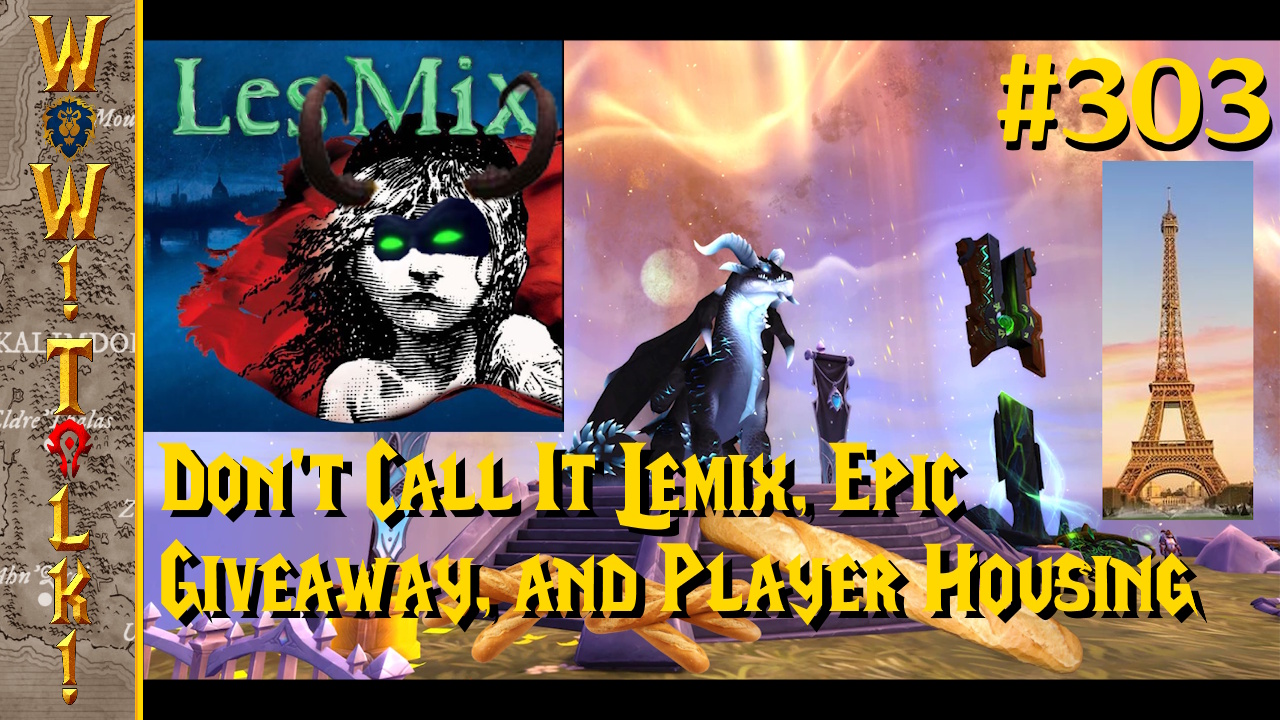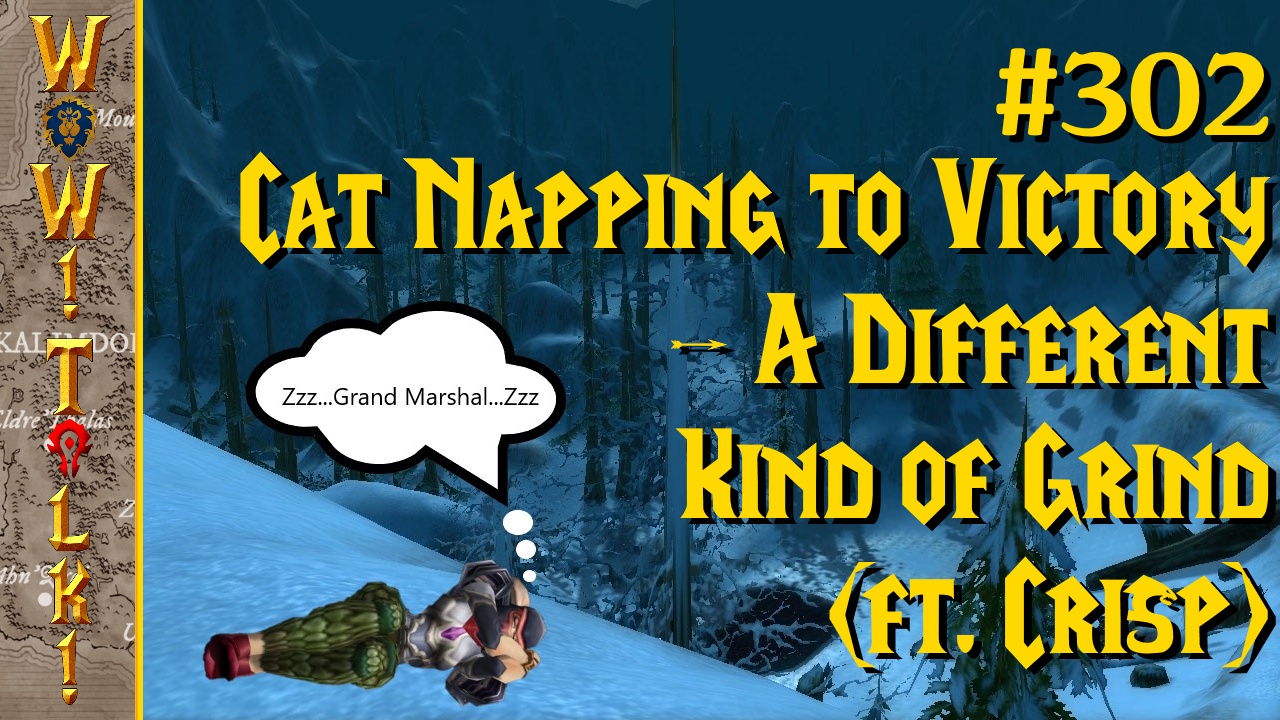
The general consensus for Hearthstone: Heroes of Warcraft is that it is Magic: The Gathering skinned for Warcraft. People are saying that primarily because Magic is still one of the most prevalent physical and online card games, but the assessment has merit. If World of Warcraft was just a distilled, addictive Everquest, Hearthstone is a distilled, addictive Magic.
Gameplay is straightforward: you have one versus one duels. There are nine Warcraft heroes to pick from, with each hero representing a WoW class. For example, Thrall is the shaman and Anduin is the priest. Each class has the iconic skills that WoW players will be familiar with. Having a level 90 hunter, I chose Rexxar to test the game. Each class has a hero ability. For priests, it is a heal that restores two health to the player. For hunters, it is Arcane Shot, which does two damage directly to your to your opponent. These abilities cost two mana and refresh each round.
The amount of actions you can perform each turn are decided by your mana pool. It starts at one for your first turn, and refreshes and grows by one for each subsequent turn, up to a limit of ten. If you have a card that costs seven mana to play, you will have to wait until your seventh turn to consider playing it. The game starts with a coin toss. The winning player gets to move first, while the losing player gets an extra card. Hands start with three cards from your deck (or four if you go second) and you get to draw a new card each turn.

Cards represent spells, minions, and beasts. Spells are class abilities that come straight from WoW. One of the useful hunter abilities I found was multi-shot, which did three damage each to two random enemies. Minions are humanoid characters you can summon that fight for you, while beasts are creatures that can fight for you. Each minion or beast card costs mana, and once played require a turn to rest before they can be used to attack. Each card has attack and health stats. Attack is how much damage they do, and can be modified by other spells or effects. Health is their life pool, and can be drained over multiple rounds. For example, the hunter’s corehound is a 9 /4 (attack/health) creature. When I was attacked by an opposing minion with a two attack rating, the corehound dropped to 9 attack and 2 health. Another attack for over two damage would remove that beast from the field of play. If you play a healing class, there are spells that can heal yourself or your minions. Each player starts with a health pool of thirty, and the game ends when a player’s health pool is drained. Some cards also had abilities that were activated when the card was put into the field of battle. For example, one of the hunter minions had an ability that summoned a boar. Playing that minion summoned a boar into the field of play at no extra mana cost. These abilities are where the true strategy comes into play in Hearthstone, as you’ll want to make sure that your minions or beasts with these powers are protected from attack.
A few other features that were not available in the demo will be implemented. As players will have to buy card packs to improve their decks, they will acquire cards they do not need. These excess cards can be disenchanted into arcane dust and then crafted into other cards. This is a great way to bring features from World of Warcraft into Hearthstone, and also serves to ensure that people are getting maximum value for their purchases.

For a game still not even in beta yet, Hearthstone features plenty of Blizzard’s trademark polish. Cards seem to glow and dance around the screen, and spell effects are bright and dynamic. New players will have little trouble navigating combat, as the graphics give clear indication of what is going on. Based on appearance alone, this game looks close to being ready for release, and the artists should be proud of their handiwork.
Overall, Hearthstone is a fun game for the casual Warcraft fan. It feels like something that should be linked off Facebook. As pet battles appealed to the fans of Pokemon, Blizzard is continuing to expand their repertoire of gameplay styles to reach out to players too casual to play World of Warcraft, but who still enjoy the universe. It’s good that Blizzard is figuring out ways to monetize their properties, and Hearthstone‘s implementation (with characters representing each class) makes it feel like a natural extension of WoW. Hearthstone also marks Warcraft’s playable debut on iOS. With this experience under their belt, it will be interesting to see if they can implement a pet battle app, as many pet battle fans have yearned for.
Overall, Blizzard knows what makes polished, addictive games, and it’s high time they start re-appropriating their properties to bring in new revenue. WoW is far from dead, but Activision is painfully aware that they are too reliant on a core handful of games, and anything Blizzard can do to diversify their portfolio is a good thing. Hearthstone: Heroes of Warcraft looks to be another hit in the making, and Blizzard is going to count all the cash from the online card packs all the way back to Irvine.



